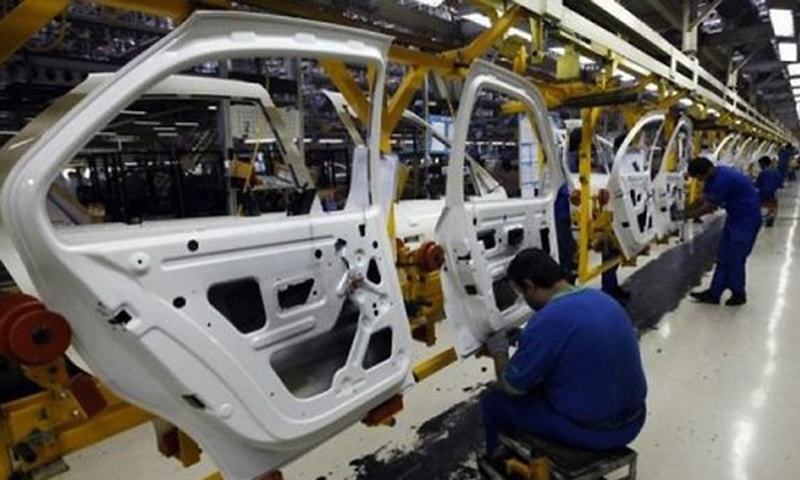Since Africa’s population has quadrupled since 1960, and is projected to double again by 2050, experts are pondering a crucial question for the future of the continent: how can enough work be created for the increasing numbers of youth arriving on the continent’s labor markets?
Development economists have followed with a great concern that, in recent years, sub-Saharan Africa’s manufacturing sector has failed to absorb a large part of the available workforce, in contrast with the pattern in previous decades for regions such as Europe and South Asia. This is worrying, considering that 60% of Africa’s population is under the age of 25, and millions are entering the job market every year. Further complicating the whole situation is the need for Africa’s manufacturing sector to use high technology but that is unlikely to produce high employment.
Nigeria provides a prime example of the problem. Between 2000 and 2014, the West African country’s GDP skyrocketed from $70bn to $574bn, surpassing South Africa and making the country Africa’s new economic powerhouse. This strong growth has not, however, turned into poverty reduction. Job creation has stagnated. Even countries which have had a few industrial successes, such as Ethiopia or Tanzania, have not managed to generate significant numbers of jobs in the formal sector.
Governments, businesses, and investors across Africa are now even losing faith in the theory that predicted a rising Chinese middle class turning the global value chain around: manufacturing activities would relocate to Africa, bolstering economic growth and employment. So what are the solutions for demographic dilemma facing Africa?
Some see in this grim outlook the opportunity for a new dawn for Africa – if the continent can create a labor market of a kind never seen in other regions. Most countries that have developed did so using an export-oriented and labor-intensive manufacturing sector as a growth escalator. African policymakers must, the optimists say, create the conditions for a more educated, skillful, and entrepreneurial population that will create small and medium enterprises (SMEs). If they fail to do so, the consequences could go beyond failing to meet the goal of poverty reduction. In conflict-sensitive countries, like in the Sahel region, rising unemployment is often translated into increased rebel insurgency, which in turn discourages investment — creating vicious circle of never-ending underdevelopment and poverty.



